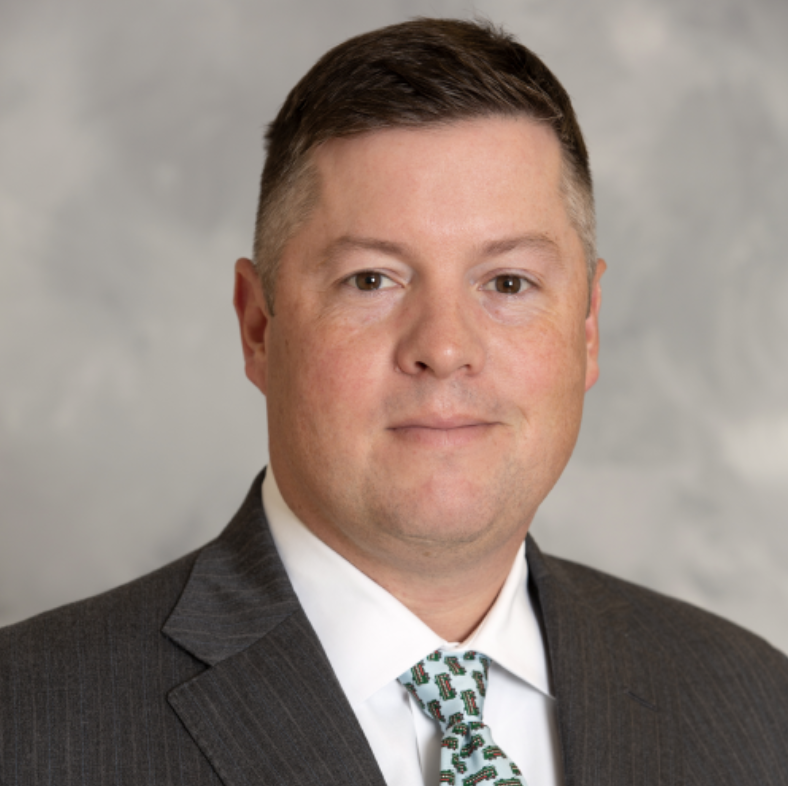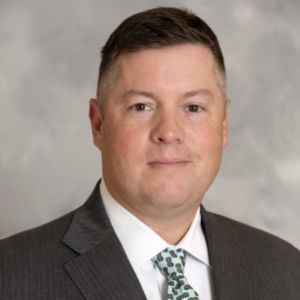

The merger agreement between Diversicare Healthcare Services and DAC Acquisition is the latest example of a “pattern of consolidation” that could be accelerating throughout the industry since the pandemic, according to a leading expert.
“Public companies are going private,” Forbes columnist Howard Gleckman told McKnight’s Long-Term Care News on Friday. “Private equity is acquiring both for-profit and non-profit facilities.”
The deal between Diversicare and DAC Acquisition was announced Friday morning by the companies. Under the agreement DAC will acquire all of the outstanding shares of common stock of Diversicare for $10.10 per share in cash. The transaction is expected to close in the fourth quarter.
Following completion of the transaction, Diversicare will become a privately held company, wholly owned by DAC Acquisition, and no longer will be traded over the counter or subject to SEC reporting obligations.
Diversicare’s operations included 61 skilled nursing centers with 7,250 licensed nursing beds as well as 397 licensed assisted and residential living beds.
“The possibilities available to our existing portfolio and Diversicare’s portfolio by this combination are very encouraging,” DAC CEO Ephram Lahasky said in a statement. “DAC Acquisition LLC views this transaction as a unique opportunity to grow together in the healthcare space with Diversicare’s professional leadership team and dedicated staff who care for their thousands of patients daily.”
Laca Wong-Hammond, managing director and head of M&A for Lument, noted that skilled portfolios continue to fetch premium values, “whether 6 or 60 nursing centers.” Real estate is also a key driver.
“Diversicare owns 15 of their 61 SNFs yet this combination drove over 250% premium to public valuation,” she said. “What would the offer have been if all the facilities were owned?”
The deal is an example of what some industry executives predicted in spring would be in store: A rough operating environment caused by COVID-19 likely leading to good acquisition opportunities for investors interested in skilled nursing facilities.
Wong-Hammond said the retreat of public capital from portfolio transactions during the pandemic is also amplifying the activity of private equity.
“This acquisition is one of many aggressive take-downs by PE because of plentiful equity capital that’s been raised chasing a dearth of deals, historic low cost of debt coupled with high available leverage, attractive yields offered by senior care assets, and the tailwind of demographic drivers,” she told McKnight’s. “Whether distressed or core opportunities, the oversupply of capital makes this a seller’s market – we’re experiencing this firsthand with the strongest M&A pipeline in recent memory.”
Aside from taking once-public entities off the books, Gleckman cautioned about another possible trend as private buyers try to capitalize on their investments.
“We know the number of operators is rapidly declining,” Gleckman said. “But what will happen to the number of long-stay nursing home beds in this new environment?”





